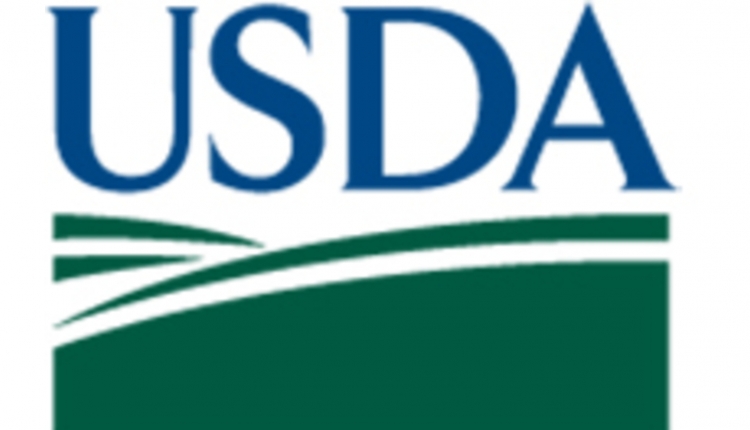
With favorable domestic sales, slower growth in milk production and higher dairy exports September milk prices will be higher than August. Higher cheese and dry whey prices will push the September Class III price to around $16.00 compared to $14.95 in August and a low of $13.40 back in February. While the price of butter will average lower this will be more than offset by high nonfat dry milk prices pushing the September Class IV price to around $14.70 compared to $14.63 in August and a low of 12.87 back in February.
Fluid (beverage) milk sales continue to trend lower. Fluid milk sales January through July were 2.2% lower than a year ago. But, with butter and cheese sales running higher total domestic sales of milk and dairy products for September will be higher than a year ago and positive for milk prices. July milk production was up just 0.5% from a year ago which was also positive for milk prices. But a little surprising August milk production improved to 1.4% higher than a year ago. Milk cow numbers fell by 9,000 head June to July but regained 5,000 head in August. August Cow numbers were down slightly from a year ago but an improvement in milk per cow of 1.4% higher than a year ago resulted in the 1.4% increase in total milk production. This higher than expected increase in August milk production could dampen milk prices some. But, schools are now in session moving more milk to fluid use and less for cheese production, and the fact that the sales of butter and cheese improve seasonally during the thanksgiving to Christmas period is still positive for milk prices.
Contributing to the higher August milk production were increases in California milk production of 1.2%, Wisconsin and Minnesota by 1.4%, South Dakota by 2.7%, Texas by 9.5%, New York by 1.7% and Idaho by 0.9%. Both Kansas and Colorado had increases of 8.6%. Dairy expansions were still evident in Texas, Kansas and Colorado by the fact that these states had 20,000, 8,000 and 14,000 more cows respectively than a year ago. In contrast Michigan had 5,000 fewer cows reducing their milk production by 0.6%, Pennsylvania had 6,000 fewer cows reducing milk production by 2.6% and Florida had 5,000 fewer cows reducing milk production by 7.3%. While California had 12,000 fewer cows, milk per cow had improved to 1.9% higher than a year ago. Wisconsin had 4,000 fewer cows but milk per cow was 1.7% higher.
Retaliatory tariffs imposed by Mexico and China beginning in July is having some impact on dairy exports. It appears that Mexico in anticipation of their 25% tariff on U.S. cheese increased cheese imports from U.S. by 43% in June compared to a year ago because July imports were 1% lower than a year ago. July cheese exports to China dropped 56% from a year ago with whey exports down 26%. With China being the largest U.S. market for whey products July whey exports were 8% lower than a year ago, the lowest whey exports in more than two years. While the volume of dairy exports in July were the lowest since January they remained above a year ago due to continued strong exports of nonfat dry milk to Mexico and higher exports of dairy products to other U.S. international customers. Compared to a year ago, July exports of nonfat dry milk/skim milk powder were 30% higher, cheese just 1% higher, butterfat 84% higher and lactose 15% higher. On a total milk solids basis July exports were equivalent to 15.0% of U.S. milk production bringing the year-to-date to 16.6% of U.S. milk production.
While stocks of dairy products remain more than adequate to meet demand they did tighten some in July. Compared to a year ago, July 31st stocks of butter were just 3.5% higher, American cheese stocks 0.8% lower, stocks of cheese varieties other than American 9.1% higher bringing total cheese stocks to 3.3% higher. Nonfat dry milk stocks were 21.3% lower and dry whey stocks 21.7% lower.
How retaliatory tariffs impact U.S. dairy exports in the months ahead continues to bring uncertainty to future milk prices. But, for the last quarter of the year domestic demand should continue to run above a year ago and the growth in milk production may increase by no more than 1%. Even if U.S. dairy exports show some more weakness the Class III price could stay in the low $16’s and the Class IV price in the low $15’s. Looking into 2019 a continued relatively strong economy will be positive for domestic sales. The growth in milk production is likely to stay well below 2%. Milk cow numbers may show little or no increase. With anticipated somewhat lower feed prices milk per cow may improve some. USDA is forecasting just a 0.1% increase in cow numbers and a 1.4% increase in milk per cow bringing the increase in total milk production to 1.5%. If retaliatory tariffs remain, USDA is forecasting lower dairy exports but not falling to a level that will lower milk prices compared to 2018. In fact, USDA’s is forecasting that 2019 milk prices could average higher than 2018. I think it is reasonable to assume milk prices will average higher in 2019. The level of milk production and dairy exports will be major factors in how much higher.
By Bob Cropp, Professor EmeritusUniversity of Wisconsin Cooperative Extension
University of Wisconsin-Madison


